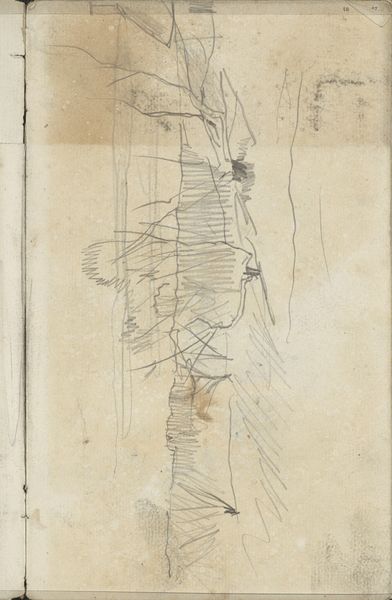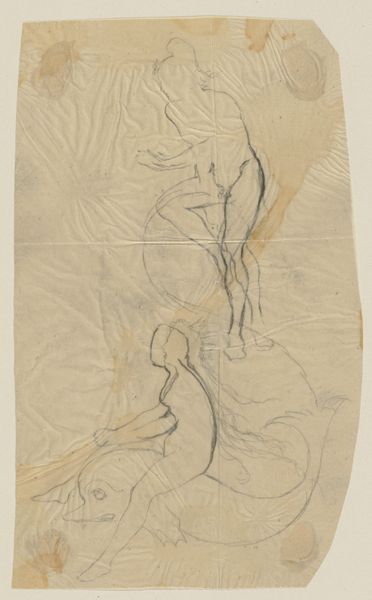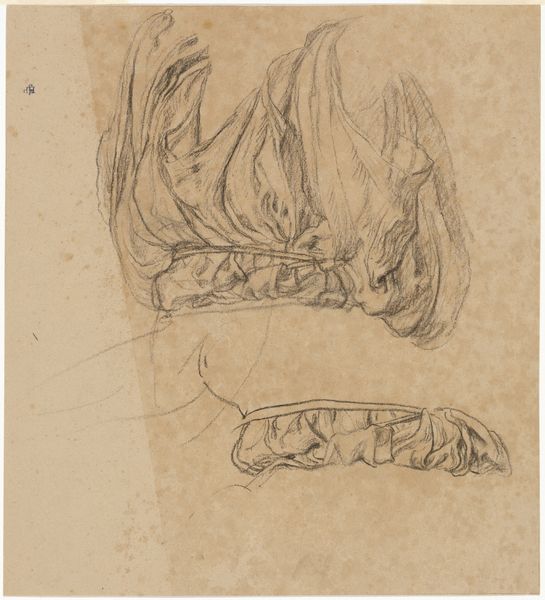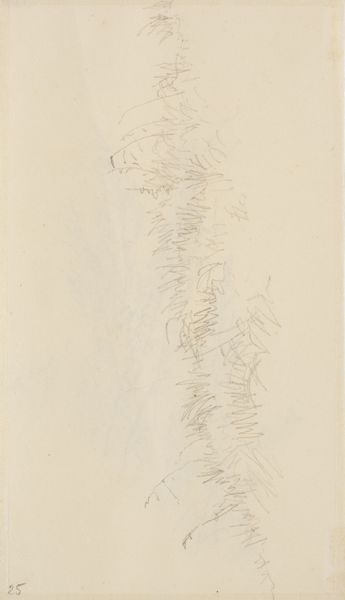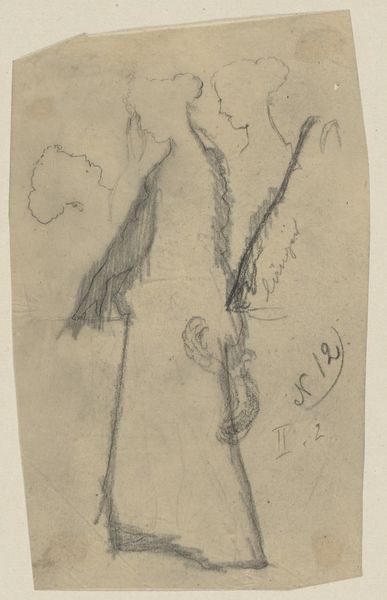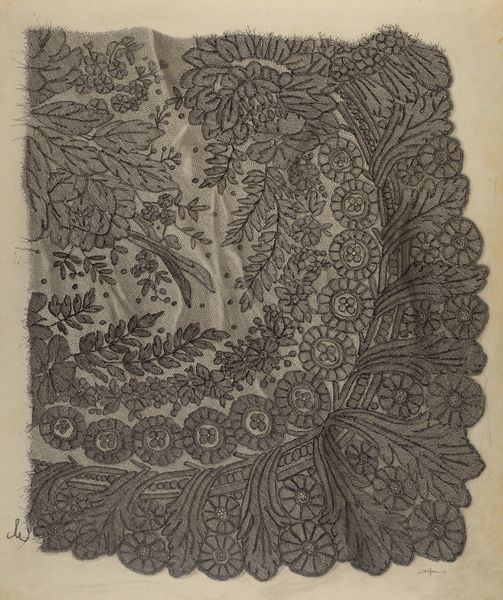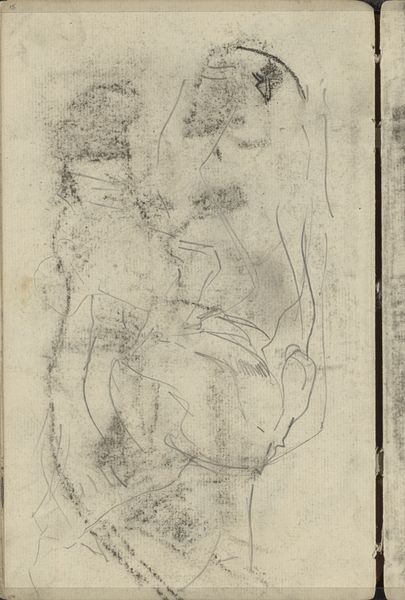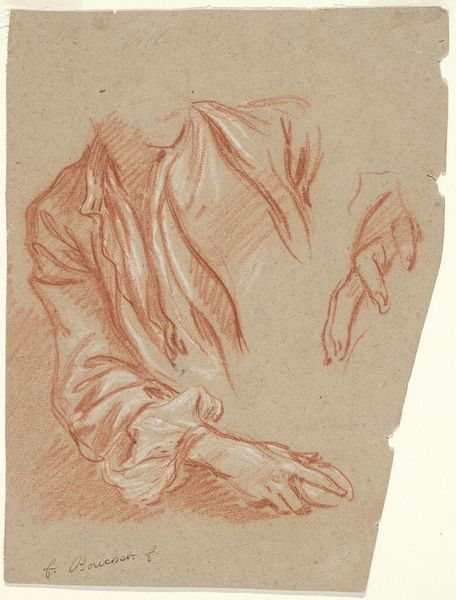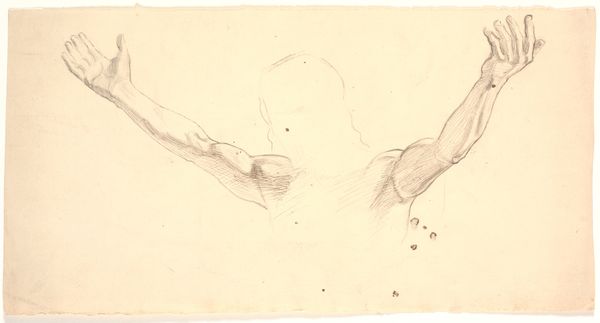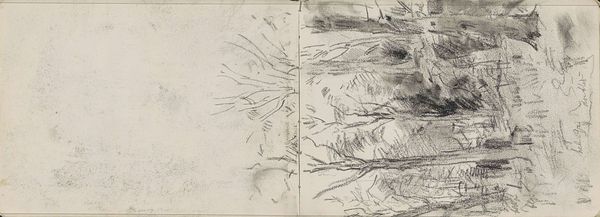
drawing, etching, paper, ink
#
drawing
#
etching
#
etching
#
paper
#
ink
#
line
#
history-painting
#
academic-art
#
realism
Dimensions: height 127 mm, width 100 mm
Copyright: Rijks Museum: Open Domain
Editor: We're looking at Jan l'Admiral's "Anatomische studie van een menselijk hart," an ink and etching drawing on paper from the early 1700s. The branching vessels remind me of a root system or a river delta – intricate, vital. What do you see in this piece? Curator: Indeed, the immediate visual echoes nature’s patterns, yet the heart – a symbol of life itself – is laid bare in an age grappling with the enlightenment and a newfound emphasis on scientific rationalism. Notice the red ink, mimicking the very lifeblood it depicts; it moves beyond objective anatomical study. It’s emotionally charged. How do you interpret the graphic starkness against this backdrop? Editor: I guess I hadn't thought about it beyond just a straightforward anatomical drawing. The starkness…it’s almost brutal, yet also meticulously detailed. Like a glimpse behind the curtain. Curator: Precisely. The absence of idealization connects to the broader culture's changing attitude towards death and the body. Anatomy moved from clandestine dissection to public spectacle. Does the drawing style perhaps recall a sacred text, attempting to unlock a different kind of knowledge? Editor: That's interesting, yes it feels very precise and considered like it's charting out sacred terrain. So it’s more than just an image of a heart, but a symbol of transformation? Curator: A convergence, I'd say. Where faith, science, art, mortality, converge to express both rational and spiritual anxieties through powerful iconography. Editor: I see that now! It is very informative but the image sparks contemplation about health, scientific endeavor and, yes, mortality, not just scientific curiosity. Curator: A great take! I appreciate learning from your viewpoint too. These works invite us into conversation across history!
Comments
No comments
Be the first to comment and join the conversation on the ultimate creative platform.
